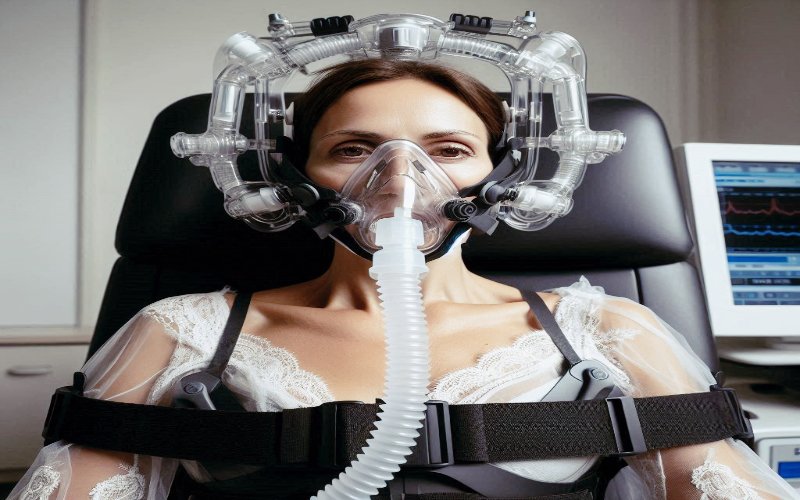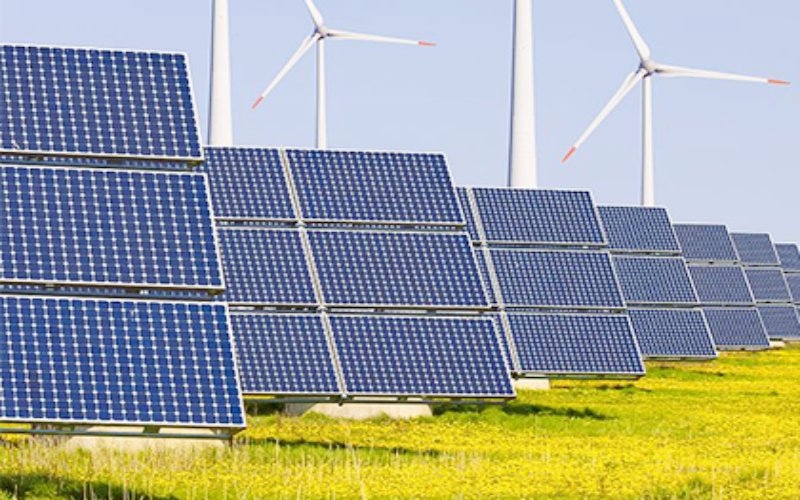Drone Technology has rapidly evolved into a crucial tool across many sectors, bringing innovation and efficiency. This article will take a deep dive into the history, applications, benefits, and future of this fascinating technology.
What is Drone Technology?
Drone Technology, also known as unmanned aerial vehicles (UAVs), refers to aircraft that can fly without a human pilot onboard. These drones can either be controlled remotely by an operator or autonomously via onboard computers. Initially used for military purposes, drones have expanded into a wide range of industries, offering new capabilities and efficiency.
1. The Development and History of Unmanned Aerial Systems
The concept of Drone Technology dates back to the early 20th century, where drones were primarily developed for military reconnaissance and target practice. However, it wasn’t until the 21st century that drones started gaining popularity for commercial and personal use. From aerial photography to package delivery, Drone Technology has become an integral part of many industries.
Today, drones are much more accessible, thanks to advancements in design and affordability. Both hobbyists and large corporations can now benefit from their capabilities, and the global market for drones is expected to exceed $43 billion by 2024.
2. How Drone Technology Works
At its core, Drone Technology is about precision and control. Most drones are equipped with cameras, sensors, and GPS systems that enable them to capture data, avoid obstacles, and navigate through space with precision. They are powered by electric batteries and controlled by remote systems or onboard computers.
The most common type of drone, especially in consumer markets, is the quadcopter, which uses four propellers to maintain stability. More advanced models for industrial use may feature additional rotors, AI-driven navigation systems, and longer battery life.
Applications of Drone Technology Across Industries
Drone Technology has proven to be highly versatile, impacting various sectors.Let’s examine a few of the most important uses:
3. Drone Technology in Agriculture
In agriculture, drones help monitor crop health, analyze soil conditions, and even apply pesticides with high precision. Farmers use Drone Technology to gain real-time insights into their fields, improving efficiency and reducing manual labor.
Drones equipped with infrared sensors can also detect crop diseases early, allowing farmers to take preventive measures before it’s too late.
4. Drone Technology in Photography and Videography
The fields of photography and filmmaking have seen a radical change because to drones. Previously, aerial shots required expensive helicopter setups. Now, with drones, capturing breathtaking views from the sky is both affordable and accessible. Drone videography is now a staple in filmmaking, real estate promotions, and wedding photography.
Many professional videographers and photographers rely on Drone Technology to create compelling visual stories with unique perspectives that were once difficult to achieve.
5. Drones in Logistics and Delivery Services
Companies like Amazon, UPS, and DHL are already exploring how Drone Technology can revolutionize delivery services. By utilizing drones, businesses can offer faster delivery times, particularly in remote areas where conventional delivery methods are time-consuming or impractical.
Although large-scale implementation is still in development, the potential for drone deliveries to improve efficiency in logistics is undeniable.
Advantages of Drone Technology
The growing adoption of Drone Technology comes with a plethora of advantages. These benefits have made drones indispensable across different industries.
6. Cost Efficiency
Using drones reduces the need for expensive manned aerial vehicles. Whether it’s in surveying, photography, or delivering goods, drones offer a more economical alternative, cutting costs in the long term.
7. Precision and Accessibility
Drone Technology allows users to perform tasks with precision that would be difficult or impossible with human labor. For example, drones can survey dangerous terrain, inspect infrastructure, and access areas that are otherwise inaccessible.
Additionally, drones can operate in extreme weather conditions, making them essential tools in disaster management and search-and-rescue missions.
Challenges of Drone Technology
Like any technology, drones also face challenges that need to be addressed. These challenges primarily revolve around regulations, privacy, and operational limitations.
8. Regulatory Challenges
As Drone Technology becomes more widespread, countries have implemented regulations to ensure their safe and responsible use. Drone pilots must follow strict guidelines regarding where they can fly, how high they can go, and what purposes the drones serve. These regulations, though necessary, can sometimes hinder innovation.
9. Privacy Concerns
The rise of drones has sparked significant debates over privacy. Drones equipped with cameras can inadvertently invade personal spaces, sparking concerns about how this technology is used. Striking a balance between the beneficial uses of drones and protecting privacy rights is a key challenge moving forward.
The Future of Drone Technology
Drone Technology is far from reaching its full potential. With rapid advancements in AI and automation, the future of drones is set to be transformative.
10. AI and Autonomous Drone Technology
The integration of AI with drones is paving the way for autonomous flight. In the future, drones will be able to make decisions in real time without human intervention, optimizing flight paths, avoiding obstacles, and improving overall efficiency.
11. Urban Air Mobility and 5G Connectivity
Urban air mobility is another area being explored, with companies like Uber and Airbus developing flying taxis that could reduce urban traffic congestion. Drones could also play a key role in last-mile delivery services, especially as 5G networks expand, enabling faster, more reliable communication between drones and control centers.
Conclusion: The Limitless Potential of Drone Technology
Drone Technology has revolutionized many industries, and its potential continues to grow as innovations emerge. From agriculture and logistics to photography and urban air mobility, the uses of drones are vast and diverse.
However, to fully unlock the possibilities, we must address the challenges of privacy, regulation, and environmental impact. The future of Drone Technology is filled with exciting possibilities, and as technology advances, drones will likely become even more integral to the way we work, live, and interact with the world.
Also visit on techitl.com.




